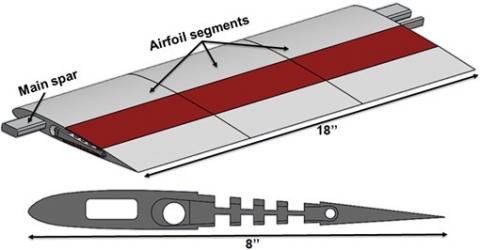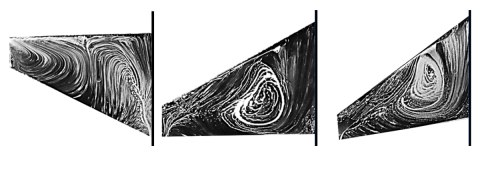The center has two main thrusts: (i) Aerodynamics of aerial, ground and underwater vehicles, (ii) wind energy (smart wind turbine blades, and buildings integrated wind).
CeFPaC’s primary research areas include:
- Flow Physics: 2-D, 3-D, and unsteady flows
- Flow Control: Fundamental and applied experimental, numerical and theoretical investigations of flow control in macro and micro systems
- Actuators: Design, fabrication, optimization, and modeling of actuators for flow control
- Flow Sensing: Flow sensors and controls to enable autonomous systems

